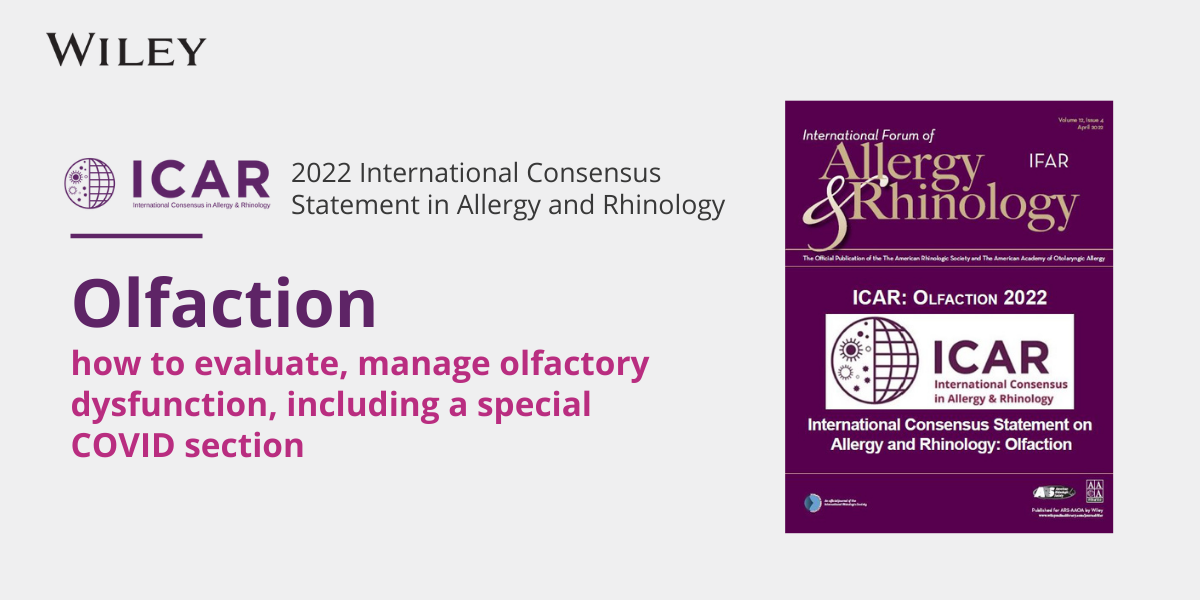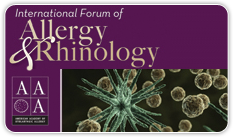By Scott Fortune, MD, FAAOA As a physician deeply committed to patient safety and public health, I am extremely alarmed by the recent surge in recreational misuse of diphenhydramine (Benadryl), particularly among young people. The trend documented in the recent Wired article…
Hypoallergenic Pet Food: Myth or Magic Solution?
By Alfred Sassler, DO, AAOA PPR Commitee
A major pet food producer is marketing a “groundbreaking” cat food to reduce cat allergens. It was released after 10 years of development and testing to produce a nutritional solution to reduce house cat allergy production. It even comes in a variety of tantalizing, and nutritionally sound, flavor choices according to the manufacturer.
Is this too good to be true?
The main cat antigen
Fel d 1 is the small glycoprotein antigen that is most important for cat allergic people. The antigen is small enough to float in the air and also quite sticky. It is concentrated in saliva and sebaceous gland secretions allowing cats to spread it to the haircoat when grooming. It is subsequently distributed into the air and can stick to fabrics or other surfaces. When cat allergic people contact Fel d 1, allergy symptoms and asthma exacerbations can occur.
Blocking antibodies
Antibodies that block the immunologic activity of specific antigens are called blocking antibodies. Chicken eggs can be induced to produce IgY blocking antibody for Fel d 1 that is active in cat saliva. These IgY antigens have already been used in animal feed for other conditions. Why not try this for cat antigen?
IgY against Fel d 1 was added to cat food to block the activity of Fel d 1 in the cat’s saliva.
Impact of adding Fel d 1 IgY antibodies to cat food
The company reports a median reduction on 47% of active antigen in 6 weeks. In cats that produced higher levels of Fel d 1, the reduction was even higher. There were no adverse health impacts for the cats.
Is this reduction enough to help with symptoms?
We who treat allergy will usually explain to patient’s that if they can cut down the exposure to their specific allergens, they will have less reactivity (fewer symptoms). However, there is an old adage that a patient is more likely to get rid of their Allergist than their beloved pet!
Additionally, animal removal is not completely effective as Fel d 1 has been detected up to 9 months after removal. For example, in a rigorous 2003 study by a group from Iceland, (Bjornsdottir and colleagues) a group of volunteer families strictly followed very stringent environmental control measures while keeping their pets in the home. These included washing walls and floors, removing carpeting from bedrooms, keeping closets closed, vacuuming floors, carpets and upholstered furniture weekly, applying tannic acid (3%) to carpeting and furniture every 2 months, hot water washing of bedding, replacing old duvets and pillows with polyester filled new ones, hypoallergenic covers on pillows and mattresses, washing the cat every 2 weeks, keeping cat out of bedroom and sleeping with bedroom windows open. After 8 months, the amount of Fel d1 in the houses decreased by 6.8%.
While this may not seem like a lot, it did result in significant symptom improvement for the cat allergy sufferers. The mean nasal peak inspiratory flow increased from 154.9ml to 216.7ml at the 8-month conclusion of the study. There were also measurable improvements in symptoms of congestion, runny nose and itching.
Conclusions
This new cat food may actually cut down on allergen exposure and symptoms. However, much of the existing available data is from the company itself with limited prospective data on the clinical impact of this cat food on the symptoms of cat allergic patients.
Given the marketing and branding of this cat food, patients are likely to ask about it so we should be familiar with the available data. It is a low-risk option to try for cat allergic patients seeking additional methods to reducing their symptoms. This food is about 5 times more expensive than other options available from the same company (~ $5 per pound of dry food versus $1 per pound).
| The Claim | “Groundbreaking” new cat food that is safe and effective at reducing production of cat allergens. |
| The Science | IgY chicken egg-derived blocking antigens have been used in other animal feeds for other conditions. Fel d 1 IgY blocking antigens have been shown to reduce production and activity of Fel d 1. The company reported a mean 47% decrease in active Fel d 1 in saliva at 6 weeks |
| Other Options | Strict environmental controls à 6.8% decrease in Fel d 1Controls included: washing walls and floors, removing carpeting from bedrooms, weekly vacuuming of carpets and upholstered surfaces, applying tannic acid (3%) to carpeting and furniture every 2 months, hot water washing of bedding, replacing old duvets and pillows with polyester filled new ones, hypoallergenic covers on pillows and mattresses, washing the cat every two weeks, keeping cat out of bedroom, and sleeping with bedroom windows openStrict environmental control improved:Mean nasal peak inspiratory flow increased from 154.9ml to 216.7mlSymptoms of congestion, runny nose, and itching. |
| The Verdict | No definitive evidence of clinical efficacy in our patientsUnlikely to harm our patients (or their pets) and may helpThe special cat food is significantly more expensive than other options from the same company |
References:
Satyaraj, E., Gardner, C., Filipi, I., Cramer, K. & Sherrill, S. (2019). Reduction of active Fel d 1 from cats using an antiFel d 1 egg IgY antibody. Immunity, Inflammation & Disease. Advance online publication. doi: 10.1002/iid3.244
Matulka RA, Thompson L, Corley D. Multi-Level Safety Studies of Anti Fel d 1 IgY Ingredient in Cat Food. Front Vet Sci. 2020 Jan 8;6:477. doi: 10.3389/fvets.2019.00477. PMID: 31970163; PMCID: PMC6960183.
Satyaraj E, Gardner C, Filipi I, Cramer K, Sherrill S. Reduction of active Fel d1 from cats using an antiFel d1 egg IgY antibody. Immun Inflamm Dis. 2019 Jun;7(2):68-73. doi: 10.1002/iid3.244. Epub 2019 Mar 9. PMID: 30851084; PMCID: PMC6485700.




